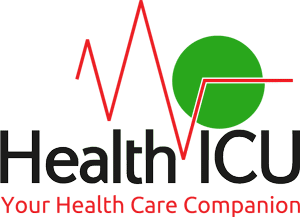Modern medical device makers consider the materials used and designs for their products. At some point, all manufacturers are going to have an important choice to make: do they make the molds for the medical components in-house or do they purchase the components from a third-party supplier? If a company chooses to purchase the components from any third-party, they have the additional option to select between custom solutions or stock components.
For many medical device component manufacturer, the choice is often determined by the type of device that is being used. Any type of off-the-shelf component is found for devices that are considered lower risk. However, Class III devices may demand the use of different custom-made components. While this is true, some medical device companies are still basing decisions on two basic factors: money and time.
Time and Money Considerations
The stock components provide a much lower cost option. They also provide a shorter lead time. However, non-sterile and off-the-shelf components are going to reduce the design phase timeline and will also eliminate the overall costs related to tooling, which involves making the mold that is used for producing different medical components that may otherwise be idle for most of the year. The off-the-shelf medical components are used for several devices, like all types of single-use consumable devices or certain accessories for different medical devices. These types of components will also be included in trays or kits that have been packed and sterilized for different procedures.
Research and Development
There are some medical device makers that offer components that can be used for research and development efforts. This includes things like testing out new or different materials and experimenting with new configurations. While the projects may result in some production runs, in some situations, the price point that medical device companies target for a final product, along with the size of the actual production run, do not justify the process of keeping manufacturing in-house. In these situations, a stock component is considered a faster and more affordable option.
Off-the-Shelf Supplier Considerations
When someone is working with an off-the-shelf supplier, it means there will be a wide selection of products for different applications. Even though most stock suppliers have the goal to provide a wider selection of components readily available, there are some device makers that create new ideas without any available stock solution. In these situations, the product development department for the off-the-shelf components can work much more closely with customers to help modify the existing components or create new ones as needed. Even though these are technically considered custom parts, there is no need to make a new process, mold, or tool. Also, modifying existing products is something that is easier and faster than creating an all-new part from the ground up.
Customization Considerations
When higher levels of customization are needed, medical device makers can choose components that are designed and manufactured for a specific application. It is possible to create custom components to fit the exact specifications and requirements while taking into account factors like biocompatibility, coefficient of friction, and sterility.
As seen from the information there, there is a lot to consider when it comes to determining where to source medical device components. Finding the right option can be challenging, but the tips here will be helpful.



